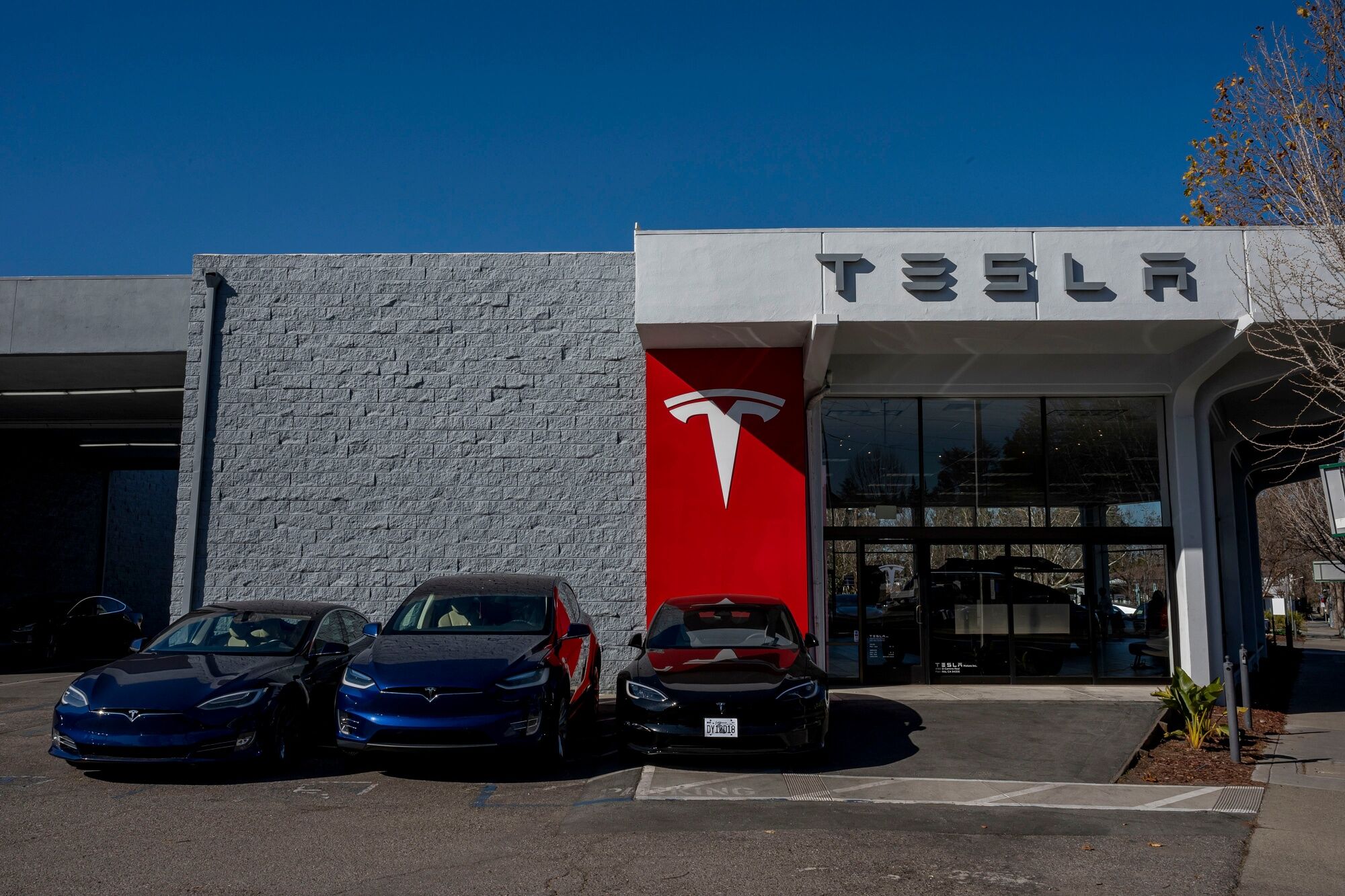Tesla’s Sales Decline in California Reflects Broader Challenges
The number of new Tesla Inc. vehicles registered in California has continued to decline, signaling a significant setback for the company in the largest U.S. market for electric vehicles. According to data from the California New Car Dealers Association, 41,138 Teslas were registered in the state during the last quarter, marking a 21% year-over-year drop. This represents the seventh consecutive quarterly decline for the automaker, highlighting an ongoing sales slump that has exceeded the overall decrease in zero-emission vehicle registrations in the state, which fell by 13% during the same period.
The decline underscores the challenges Tesla is facing in maintaining its dominance in the electric vehicle (EV) sector. The company’s global deliveries dropped by 13% in the second quarter, and analysts predict that Tesla may experience a second straight annual decline in sales this year. Several factors are contributing to this trend, including an aging vehicle lineup, increased competition in the EV market, and consumer backlash against CEO Elon Musk’s past associations with the Trump administration. Although Musk has since distanced himself from the president, the controversy has left a lasting impact on public perception.
One of the key issues for Tesla has been the performance of its top-selling Model Y. Registrations for the Model Y declined by 37% in the first half of the year, even as the company introduced a refreshed version of the small SUV. Tesla attributed some of the weak first-quarter sales to factory shutdowns related to the update of this key model. Despite these challenges, the Model Y remains one of the best-selling vehicles in California, with over 44,000 units registered during the first six months of the year.
In addition to the Model Y, the Model 3 continues to be a strong performer for Tesla. It was the top-selling passenger car in the state, demonstrating that even with declining overall sales, Tesla still holds a significant share of the market. However, the company must address its current struggles to maintain long-term growth and competitiveness.
Key Factors Contributing to Tesla’s Decline
- Aging Vehicle Lineup: Many of Tesla’s models have remained largely unchanged for several years, leading to a lack of innovation that could attract new buyers.
- Growing Competition: Traditional automakers and new EV startups are increasingly offering competitive products at lower prices, challenging Tesla’s market position.
- Consumer Backlash: Public sentiment toward Elon Musk and his past actions has affected brand perception, particularly among environmentally conscious consumers.
- Factory Disruptions: Production delays and updates to key models have disrupted supply chains and impacted sales.
What’s Next for Tesla?
The recent report comes just a day before Tesla is set to release its second-quarter earnings. Investors are closely watching for updates on the company’s automotive business, including progress on more affordable vehicles that could help reignite consumer interest. If Tesla can successfully launch cost-effective models and revamp its product lineup, it may be able to regain momentum in the highly competitive EV market.
Despite the current challenges, Tesla still holds a strong presence in California, where its Model Y and Model 3 continue to lead in sales. However, the company will need to adapt quickly to changing market dynamics and consumer preferences to remain a leader in the electric vehicle industry.






